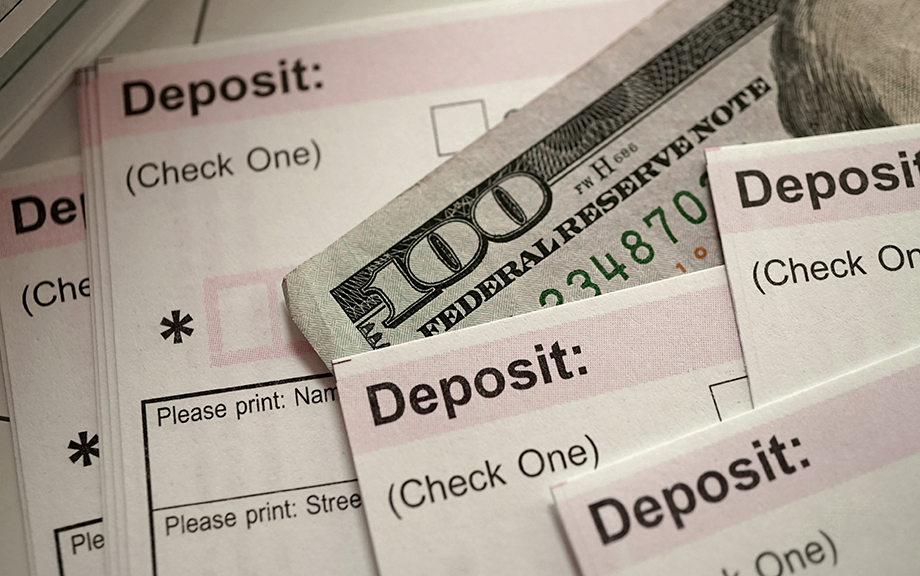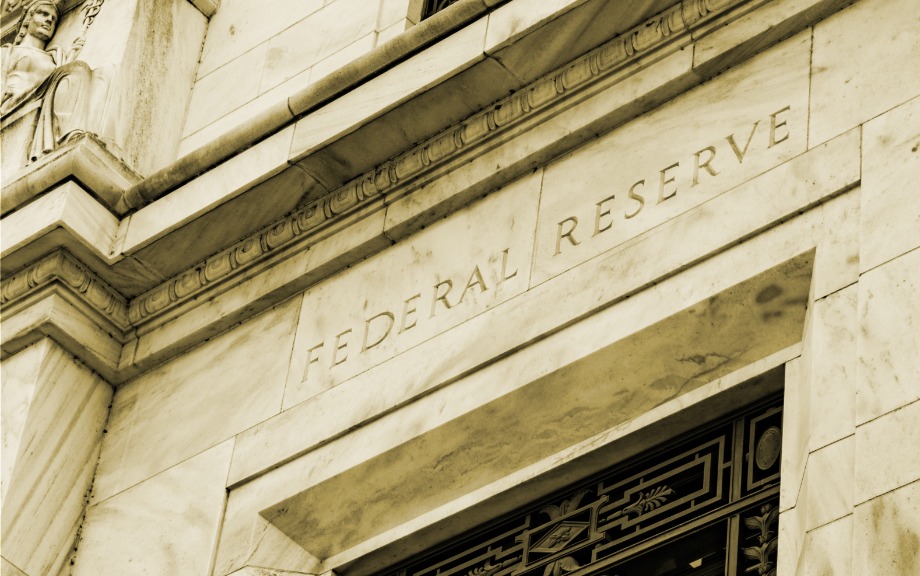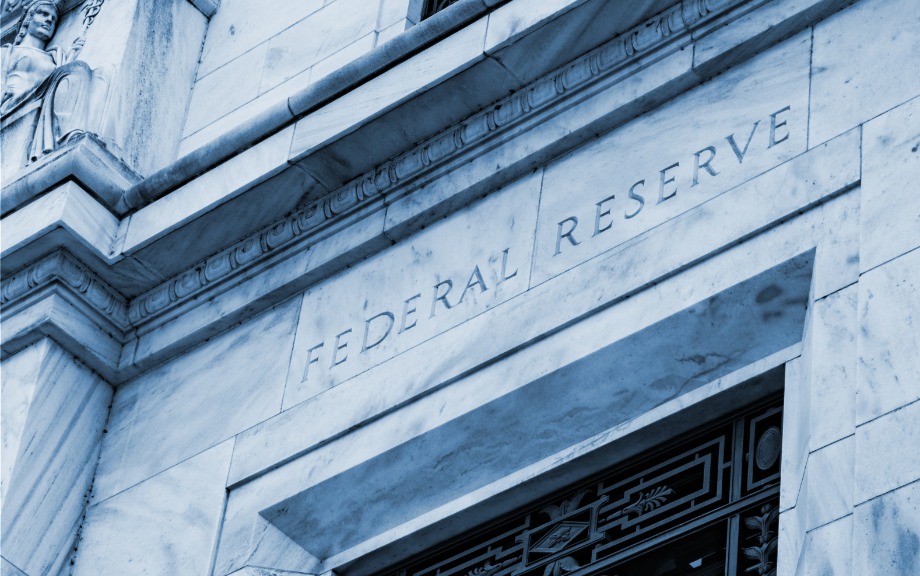The Zero Lower Bound Remains a Medium‑Term Risk

Interest rates have fluctuated significantly over time. After a period of high inflation in the late 1970s and early 1980s, interest rates entered a decline that lasted for nearly four decades. The federal funds rate—the primary tool for monetary policy in the United States—followed this trend, while also varying with cycles of economic recessions and expansions.
Tracking Reserve Ampleness in Real Time Using Reserve Demand Elasticity

As central banks shrink their balance sheets to restore price stability and phase out expansionary programs, gauging the ampleness of reserves has become a central topic to policymakers and academics alike. The reason is that the ampleness of reserves informs when to slow and then stop quantitative tightening (QT). The Federal Reserve, for example, implements monetary policy in a regime of ample reserves, whereby the quantity of reserves in the banking system needs to be large enough such that everyday changes in reserves do not cause large variations in short-term rates. The goal is therefore to implement QT while ensuring that reserves remain sufficiently ample. In this post, we review how to gauge the ampleness of reserves using the new Reserve Demand Elasticity (RDE) measure, which will be published monthly on the public website of the Federal Reserve Bank of New York as a standalone product.
Dropping Like a Stone: ON RRP Take‑up in the Second Half of 2023

Take-up at the Overnight Reverse Repo Facility (ON RRP) has halved over the past six months, declining by more than $1 trillion since June 2023. This steady decrease follows a rapid increase from close to zero in early 2021 to $2.2 trillion in December 2022, and a period of relatively stable balances during the first half of 2023. In this post, we interpret the recent drop in ON RRP take-up through the lens of the channels that we identify in our recent Staff Report as driving its initial increase.
The Federal Reserve’s Two Key Rates: Similar but Not the Same?

Since the global financial crisis, the Federal Reserve has relied on two main rates to implement monetary policy—the rate paid on reserve balances (IORB rate) and the rate offered at the overnight reverse repo facility (ON RRP rate). In this post, we explore how these tools steer the federal funds rate within the Federal Reserve’s target range and how effective they have been at supporting rate control.
Deposit Betas: Up, Up, and Away?

Deposits make up an $18 trillion market that is simultaneously the main source of bank funding and a critical tool for households’ financial management. In a prior post, we explored how deposit pricing was changing slowly in response to higher interest rates as of 2022:Q2, as measured by a “deposit beta” capturing the pass-through of the federal funds rate to deposit rates. In this post, we extend our analysis through 2022:Q4 and observe a continued rise in deposit betas to levels not seen since prior to the global financial crisis. In addition, we explore variation across deposit categories to better understand banks’ funding strategies as well as depositors’ investment opportunities. We show that while regular deposit funding declines, banks substitute towards more rate-sensitive forms of finance such as time deposits and other forms of borrowing such as funding from Federal Home Loan Banks (FHLBs).
How Do Deposit Rates Respond to Monetary Policy?

When the Federal Open Market Committee (FOMC) wants to raise the target range for the fed funds rate, it raises the interest on reserve balances (IORB) paid to banks, the primary credit rate offered to banks, and the award rate paid to participants that invest in the overnight reverse repo (ON RRP) market to keep the fed funds rate within the target range (see prior Liberty Street Economics posts on this topic). When these rates change, market participants respond by adjusting the valuation of financial products, of which a significant category is deposits. Understanding how deposit terms adapt to changes in policy rates is important to understanding the impact of monetary policy more broadly. In this post, we evaluate the pass through of the fed funds rate to deposit rates (that is, deposit betas) over the past several interest rate cycles and discuss factors that affect deposit rates.
How the Fed Adjusts the Fed Funds Rate within Its Target Range

At its June 2021 meeting, the FOMC maintained its target range for the fed funds rate at 0 to 25 basis points, while two of the Federal Reserve’s administered rates—interest on reserve balances and the overnight reverse repo (ON RRP) facility offering rate—each were increased by 5 basis points. What do these two simultaneous decisions mean? In today’s post, we look at “technical adjustments”—a tool the Fed can deploy to keep the FOMC’s policy rate well within the target range and support smooth market functioning.
How the Fed’s Overnight Reverse Repo Facility Works

Daily take-up at the overnight reverse repo (ON RRP) facility increased from less than $1 billion in early March 2021 to just under $2 trillion on December 31, 2021. In the second post in this series, we take a closer look at this important tool in the Federal Reserve’s monetary policy implementation framework and discuss the factors behind the recent increase in volume.
How the Federal Reserve’s Monetary Policy Implementation Framework Has Evolved

In a series of four posts, we review key elements of the Federal Reserve’s monetary policy implementation framework. The framework has changed markedly in the last two decades. Prior to the global financial crisis, the Fed used a system of scarce reserves and fine-tuned the supply of reserves to maintain rate control. However, since then, the Fed has operated in a floor system, where active management of the supply of reserves no longer plays a role in rate control, but rather the Fed’s administered rates influence the federal funds rate. In this first post, we discuss the salient features of the implementation framework in a stylized way.
How Bank Reserves Are Distributed Matters. How You Measure Their Distribution Matters Too.
Changes in the distribution of banks’ reserve balances are important since they may impact conditions in the federal funds market and alter trading dynamics in money markets more generally. In this post, we propose using the Lorenz curve and Gini coefficient as a new approach to measuring reserve concentration. Since 2013, concentration, as captured by the Lorenz curve and the Gini coefficient, has co-moved with aggregate reserves, decreasing as aggregate reserves declined (such as in 2015-18) and increasing as aggregate reserves increased (such as at the onset of the COVID-19 pandemic).










 RSS Feed
RSS Feed Follow Liberty Street Economics
Follow Liberty Street Economics